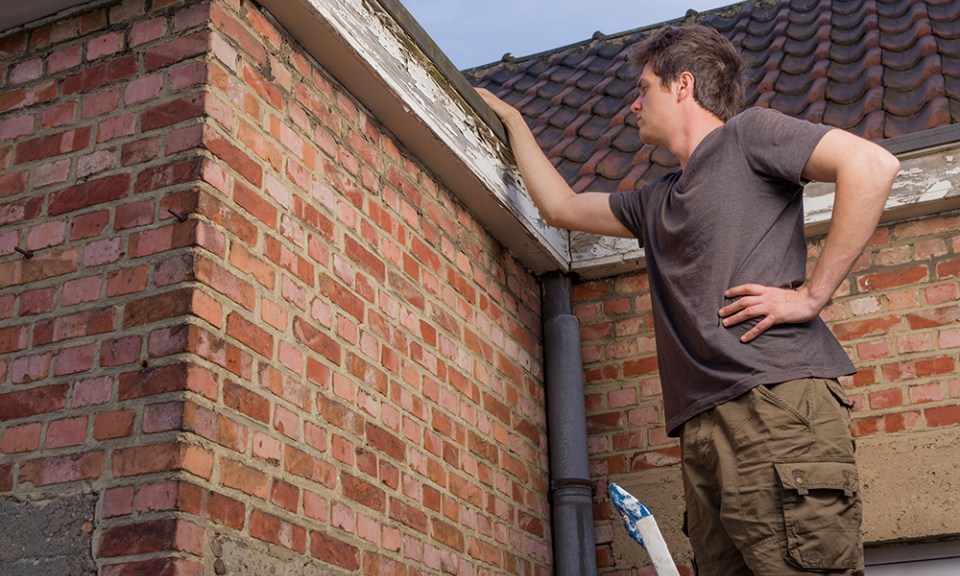The house was perfect, the couple thought. Yes, the front faced a busy street, and the couple had younger children who enjoyed tromping up and down the stairs at the showing, but that road seemed far enough away where if a little one got loose a parent could quickly scoop them up. The main floor was laid out rather traditionally. The wife didn’t care for the narrow doorways, but she reasoned, one could do worse. The staircase curving up to the second floor seemed a little steep and the wife was already thinking ahead to how she would need to keep a very close eye on the kids—at least until they were a little older.
“A septic system…” The real estate agent had trailed off and the wife came back from her own day dreaming to learn that the septic tank was full, and any new home buyer had a choice to make…either the system could be emptied and moved, or it could be abandoned entirely if the couple felt like hooking the house up to the city sewer. Both parties chatted a while longer discussing the pros and cons of of the options and in the end, the couple decided to walk away from the house because connecting to the city waste lines would be spendy and due to the nice, long yard would cost about $20,000. The topper came when the real estate agent shared that the yard was the subject of a hotly debated easement argument at the moment. It might be that their family could enjoy the large front yard, for years, even forever, but it might also mean that in the coming years a highway could cut right through their yard, nearly to their door!
Even though this couple had learned of the house woes through their real estate agent, an home inspection would have revealed the same, a dangerously full septic system, stairs that weren’t up to code, windows with broken seals.
When you hear the final report from the inspector, that’s when it’s time to weigh your risk versus return. How much money are you willing to put into a house to get it up to code? And what is the cut off when you’re replacing major systems, or functional appliances for your home? Is it worth it to buy a house broadcasting the need for a new roof? Can you walk away from a crack in the foundation? Is the old adage true, if the foundation is faulty, the house isn’t worth it?
The key is to determine the real estate market value of the home and the neighborhood, and balance the repairs you would have to complete to make the home liveable. A good investment might start to pay off in a couple of years, so it would make sense to throw money at a new furnace, or roof, especially if you are in a pretty stable financial position. If however, you are pushing the limit buying a home that you can barely afford in a suspect neighborhood, then you may want to hold off funding any major repairs.
Bank-account draining repairs are characterized as:
- The central systems: heating, a/c, fireplaces, water heater, furnaces, electrical, plumbing, septic
- The roof
- Siding
- Joists, support walls
- Black mold, or any mold problem (depending on how widespread it is)
- Foundation issues, drains to be moved, compromised structure stability
- Inground pool issues
- Infestations, in some cases
- Water leakage (Septic tank: check for backed up toilets and foul smell;, standing water, wet soil in the yard above the tank; bright green grass above the septic—one, or all of these signs may indicate leaks).
- Neglected decks
- Crumbling driveways (could need replacement)
- Problems with the fireplace or chimney
- Mature trees close to the home (may cause root damage)
Memorize the above list, then do your homework on the property you’re interested in. If you do encounter a larger issue, with such preparation, you’ll be ready to talk to the experts and protect yourself.








